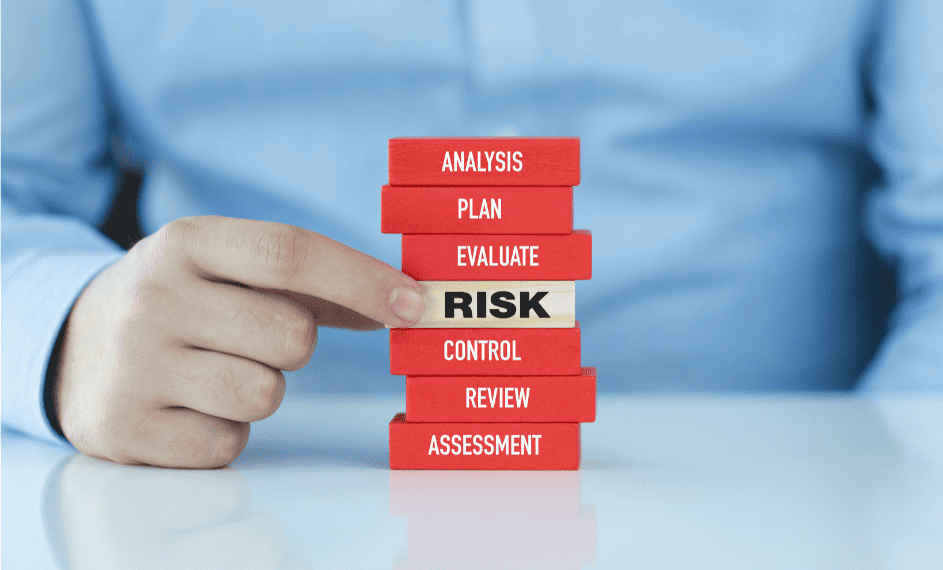
Managing Stock Risks
Our clients are people that do not want to use a financial advisor, do not want to use a full service stock broker, they want to take control of their own money. They don’t want to invest in a managed fund or anything like that. So we build our strategies to suit them.
Terminology
If you just think of the average man in the street, they’re not going to understand volatility adjusted position sizing. They’re not going to understand fixed fractional and all this kind of stuff. They just want something simple they can grasp, without having to go to University and do a Master’s degree. It may not be optimum but it still works very well.
Trend Following Portfolio
What we do with our major trend following portfolio, we basically allocate 5% of our capital to each position. We’ll have a maximum of twenty positions. So twenty positions allow you to move away from selection biased issues, and also allows you to have a diversified portfolio. So that’s very simple. Some of our stops are quite wide; it might be 40% of an individual share price. A lot of people fall off their chair knowing that you’ll allow a stock to fall 40% before get out. If you think about it on a portfolio basis, 40% loss on an individual stock is only 2% of your total equity. 2% comes within the realms of safe trading. The other thing to understand is that less than 5 % of our positions actually go down and hit the stop.
Australian market
The Australian market is substantially more illiquid than the U.S. market, and we don’t use an intra day stop loss. In other words, we wait for our stop loss level to be triggered on a closing basis. Let’s say our stop loss level is a close below twenty dollars. If the stock closes at eighty-five then we’ll exit the next day, market on open. That does a couple of things. It allows us to have a better gauge on slippage, because during the day if you’ve got intra day stop loss and you’ve got a stock that’s a little bit illiquid at that time, you can cop a fair bit of slippage.
To measure that, we remove it completely out of the equation. We use what’s called the opening price the next day. In Australia we have a fifteen minute opening auction which allows everybody to put their orders into the market and it balances out at an average price. It’s called the volume weighted average price, and every person can get filled at the same price. There’s literally no slippage.
Obviously, if we’re running thousands of positions each with a substantial amount of money, we can move that price ourselves. For the average person in the street, they’re not really going to move that opening price. As a result, slippage becomes almost non-existent for us, which means our backtesting is more accurate.
Intra Day Price
The other reason why we do this is because intra day price spikes tend to be a little bit more common out here in Australia. There’s nothing worse than having a bunch of stocks run, you have a big price spike down, and then a high close and then the trend continues and you’re out of it. By using the closing price rather than entry day price, we tend to remove those daily spikes. It increases our risk adjusted return.
I know there’s a lot of research around these days on not using stops whatsoever. Even on our short term mean reversion systems that we trade on the Russell 1000 stocks, we use extremely wide stops. In fact, I don’t even bother to place them in there. Some people might say that’s very dangerous, and certainly we’ve got one or two people that’s said that they couldn’t and it was ridiculous. We’ve been doing it for a long time and I’ve been fully exposed to the flash crash back in 2010 and I think I lost 5% that month. If that’s the worst that can really happen then I’m not too fussed about it and it’s really not going to make any difference whether that was done on an end of day basis or not.
We can go back and test some of our strategies back through 1987, which we’ve done and you get a little bit of a slap across the face, but any long only strategy is going to suffer. We’re happy with what we do, and I’ve been doing it long enough now to understand that it’s not going to be the end of the world.


